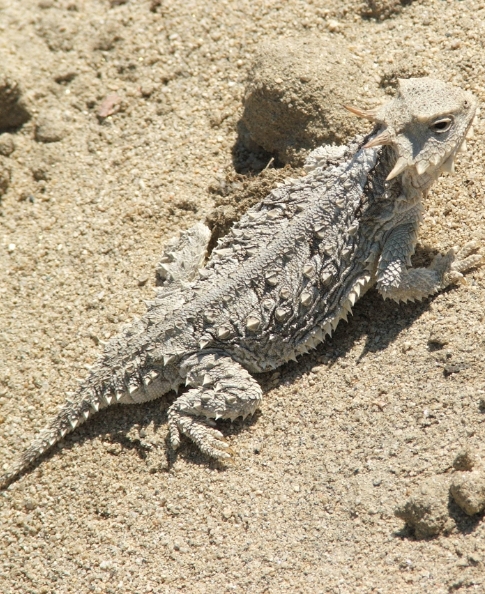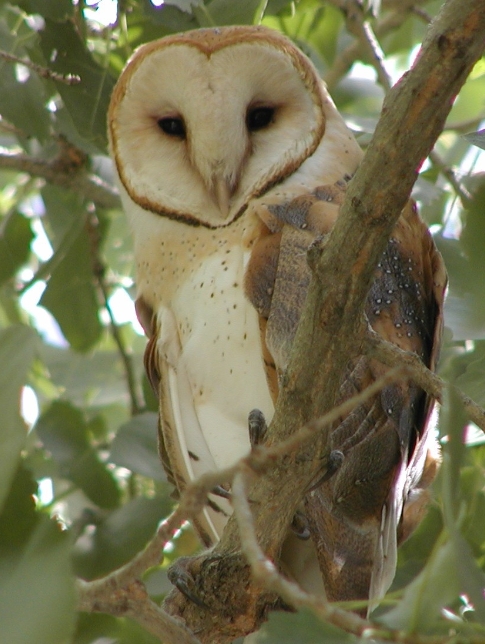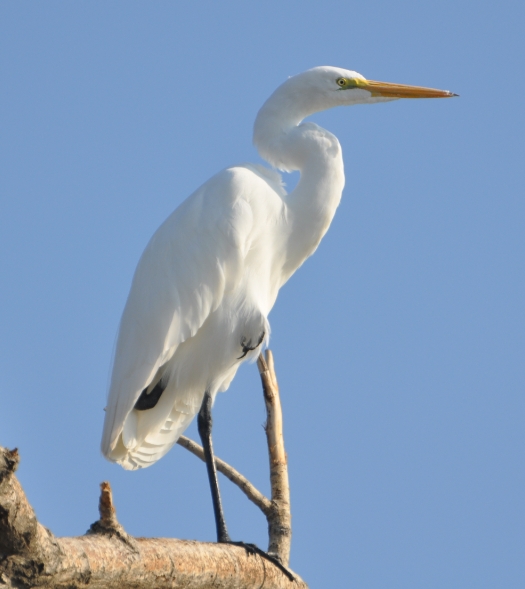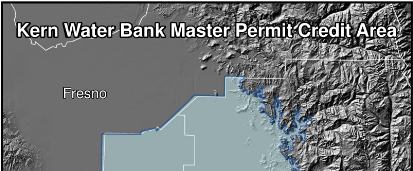Conservation Bank
- Home
- Conservation Bank

What is the Conservation Bank?
Any number of activities in the San Joaquin Valley may result in the take of endangered species or the temporary or permanent disturbance of endangered species habitat (e.g. construction projects, maintenance activities, etc.). Federal and State law require that any person undertaking such activities permit them through the United States Fish and Wildlife Service (USFWS) and the California Department of Fish and Game (CDFG), respectively.
In some cases, these agencies will require mitigation for the project’s adverse impacts through the conservation of other suitable habitat. 3,267 acres of the KWB were designated as a Conservation Bank to assist those needing such mitigation for projects within the KWBA Permit Area in the southern San Joaquin Valley.
A brief description of the procedures to follow to use KWBA’s Conservation Bank and a map of the Permit Area are available under the Conservation Bank tab of the menu. Also, the Conservation Bank Agreement and other relevant documents may be accessed using the HCP/NCCP website tab.
How to Purchase Conservation Credits
- An Applicant planning a project within the KWBA Permit Area that may require incidental take or mitigation should submit the following documents to the wildlife agencies: (1) project description; (2) map of project; and (3) biological resource survey. The contact information for USFWS and CDFG is as follows:
- The wildlife agencies will determine whether the land lost, temporarily or permanently, contains habitat of comparable or lesser value than the habitat in the Conservation Bank. They will also determine the amount of disturbance to be mitigated and the amount of mitigation required. Also, the wildlife agencies may establish on-site avoidance and minimization requirements.
- The Applicant should also contact KWBA to discuss the availability and cost of conservation credits. A disclosure letter may be requested by the Applicant which describes the application process and conservation credit fees.
- When the authorizing documents, usually letters from the wildlife agencies, and payment from the Applicant are received by KWBA, a letter confirming the transaction is issued to the Applicant and both wildlife agencies.
- At the end of the fiscal year, KWBA will issue Conservation Credit Certificates to: (1) the Applicant; (2) USFWS; and (3) CDFG indicating that a certain number of credits have been dedicated to the wildlife agencies on behalf of the project.
- KWBA will then permanently retire the Conservation Credits, by submitting a recordable Conservation Easement to CDFG for the purchased credits. Also, KWBA will forward the Endowment Funds ($375 per credit) collected from the credit buyers to CDFG.


